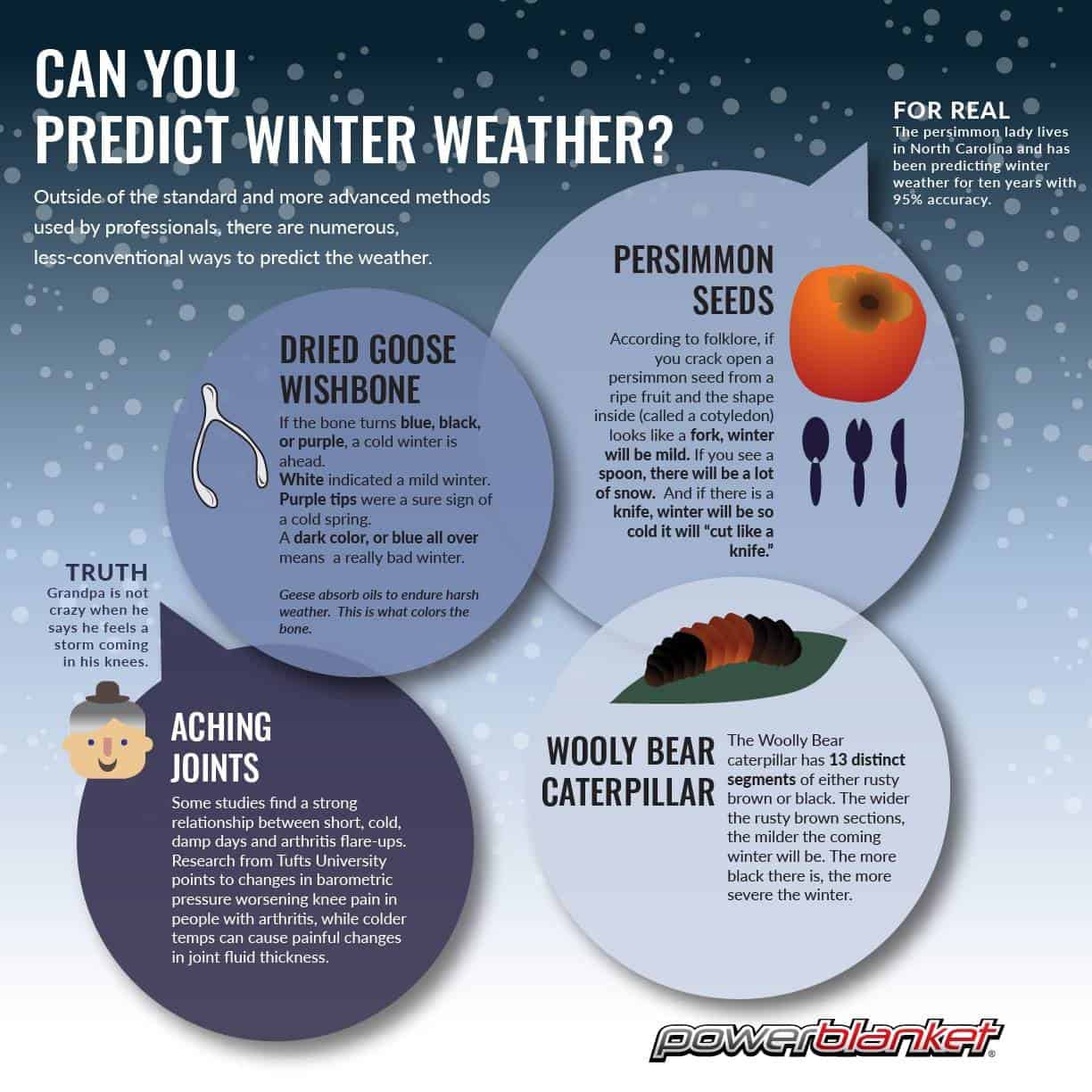The Fine Art of Inaccuracy: Predicting the Weather
I wake up, rouse my children for school, then check the weather. The weather app on my iphone helps me make a lot of decisions about my day and week ahead–especially what kind of outerwear my kiddos need before they walk out the door. My husband checks out the local forecast online when he gets to work. Some people watch the news while other obsess over what the weather channel has going on. However you get your information, there are numerous methods for coming to similar weather conclusions.
You may criticize the weather man’s accuracy, but he has already recognized his limitations. Weather forecasters accept the fact that they cannot be perfect. Even with all of the resources available to them, they respect the fact that they are but mere mortals attempting to predict something as dynamic as the earth’s ever-changing weather. Meteorologist rely on data from satellites, ships, airplanes, weather stations, buoys, and devices dropped from weather balloons, along with their experience, local trends, and history. And according to Nate Silver who wrote “The Weatherman is not a Moron” in the NY Times Magazine, “The one area in which our predictions are making extraordinary progress, however, is perhaps the most unlikely field, [weather forecasting].”
How do meteorologists forecast the weather?
Meteorologists and climatologists use several methods for predicting the weather:
- Climatology
- Analog
- Numerical Weather Prediction
Climatology
Climatology is a simple forecasting method that takes data/statistics collected over an extended period and then averages the results. Meteorologists predict the weather for a specific day and location based on the weather conditions for that same day for several years in the past.
A forecaster could examine the averages for Halloween in Utah, for example, to predict the weather for the upcoming Halloween. The climatology method works when weather patterns remain in place, but in situations where outside factors change the weather frequently, the climatology method is not the best choice for predicting the weather, as it will more than likely not be accurate.
Analog
An analog is a thing seen as comparable to another thing. The Analog Method is a slightly more complicated method because it involves examining today’s forecast scenario and remembering a day in the past when the weather looked very similar (an analog). The forecaster would predict that the weather in this forecast will behave the same as it did in the past.
For example, suppose today is very warm, but a cold front is approaching your area. You remember similar weather conditions happening last week, also a warm day with cold front approaching. You also remember how a heavy thunderstorm developed in the afternoon as the cold front pushed through the area. Therefore, using the analog method, a forecaster would predict that this cold front will also produce thunderstorms in the afternoon.
The analog method is difficult to use because it is nearly impossible to find a perfect analog. Various weather features rarely align themselves in the same locations they were in the previous time. Even small differences between the current time and the analog can lead to very different results. The argument in favor of analog is that as time passes and more weather data is archived, the chances of finding a “good match” for the current weather situation should improve, and so should analog forecasts.
Numerical Weather Prediction
Numerical Weather Prediction (NWP) relies on supercomputers to predict the weather. Massive supercomputers, complete with software forecasting models, help meteorologists make weather predictions based on multiple conditions in the atmosphere such as temperatures, wind speed, high and low pressure systems, rainfall, snowfall and other conditions.
Meteorologists review the data to determine the weather forecast for the day. The forecast is only as good as the algorithms used by the computer’s software to predict the weather and the data is overwhelmingly limitless. With advanced calculations and the ability to analyze numerous factors at once, NWP provides the best means of forecast the upcoming meteorological conditions when compared with the other methods.
Alternative Weather Predicting Methods
Did your mom ever say, “Red sky at night, sailors delight. Red sky at morn, sailors take warn”? Mine did. Outside of the standard and more advanced methods used by professionals, there are numerous, less-conventional ways to predict the weather.
Here are a few signs to watch for when predicting a hard winter:
- Woodpeckers sharing a tree.
- Early arrival of the Snowy owl.
- Early departure of geese and ducks.
- Early migration of the Monarch Butterfly.
- Thick hair on the nape (back) of the cow’s neck.
- Raccoons with thick tails and bright bands.
- Mice eating ravenously into the home.
- Early arrival of crickets on the hearth.
- Spiders spinning larger than usual webs and entering the house in great numbers.
- Pigs gathering sticks.
- Insects marching a bee line rather than meandering.
- Early seclusion of bees within the hive.
- Muskrats burrowing holes high on the river bank.
- “See how high the hornet’s nest, ‘twill tell how high the snow will rest”.
The Persimmon Method
One particularly interesting method of winter-weather prediction comes via the persimmon seeds. According to folklore, if you crack op
en a persimmon seed from a ripe fruit and the shape inside (called a cotyledon) looks like a fork, winter will be mild; if you see a spoon, there will be a lot of snow, and if there is a knife, winter will be so cold it will “cut like a knife.”
Melissa Bunker of North Carolina, “The Persimmon Lady,” sends Farmer’s Almanac her winter predictions based on seeds she opens from the persimmon fruit grown on her tree in central North Carolina. This year (her tenth year making predictions as a partner with Farmer’s Almanac), Melissa checked 100+ seeds and only two came out as forks– the rest were spoons, no knives at all. In all of her years, she has never seen a prediction like this. She said, “This will be a winter for the record books in central North Carolina!” According to Melissa, “If you look back on the past years readings you can see the seeds follow 95% accuracy with the almanac.”
A Goose Wishbone as a Weather Predictor
Back before the turn of the last century and before the National Weather Service was in place, many looked to the breastbone of a goose for winter predictions. Around Thanksgiving, a goose would be killed and cooked. The cook would roast it, carve it, and serve it, always being careful not to cut the breastbone from the carcass.
After the goose had been eaten, they would carefully remove the breastbone and cut away all the meat and fat left clinging to it. Then they would take the bone and put it on a shelf to dry, keeping an eye out for the coloration that would follow. If the bone turned blue, black, or purple, a cold winter lay ahead.
- White indicated a mild winter.
- Purple tips were a sure sign of a cold spring.
- A blue color branching out toward the edge of the bone, meant open weather until New Year’s Day.
- If the bone was a dark color, or blue all over, the prediction was for a real bad winter.
An overall dark color meant that the goose had absorbed a lot of oil, which acted as a natural protection against the cold. The darker the blue coloring, the tougher the winter would be.
The Legend of the Wooly Bear Caterpillar
The Woolly Bear caterpillar has 13 distinct segments of either rusty brown or black. The wider the rusty brown sections (or the more brown segments there are), the milder the coming winter will be. The more black there is, the more severe the winter.
In the fall of 1948, Dr. C. H. Curran, curator of insects at the American Museum of Natural History in New York City, took his wife 40 miles north of the city to Bear Mountain State Park to look at woolly bear caterpillars. He collected as many caterpillars as he could in a day, averaged the reddish-brown segments, and then forecasted the coming winter weather through a reporter friend at The New York Herald Tribune.
Dr. Curran’s experiment continued for eight more years and attempted to prove scientifically the weather rule of the Wooly Bear Caterpillar. The resulting publicity made the woolly worm the most recognizable caterpillar in North America.
While most scientist do not take the wooly bear research seriously, there is a Wooly Worm Festival in Banner Elk, NC every October that celebrates this mini forecaster. After a caterpillar race, the retired mayor inspects the winner and then predicts what the coming winter will be like.
Be Safe this Winter
Whatever way you slice it, dry it, or count it, Winter 2018 it tiptoeing in. All predictions are pointing to winter coming sooner, with more intensity, and with increased snow. Powerblanket encourages you to take the necessary steps to prepare for the cold ahead.
Curious to see how Powerblanket can meet the unique needs of your industry?



